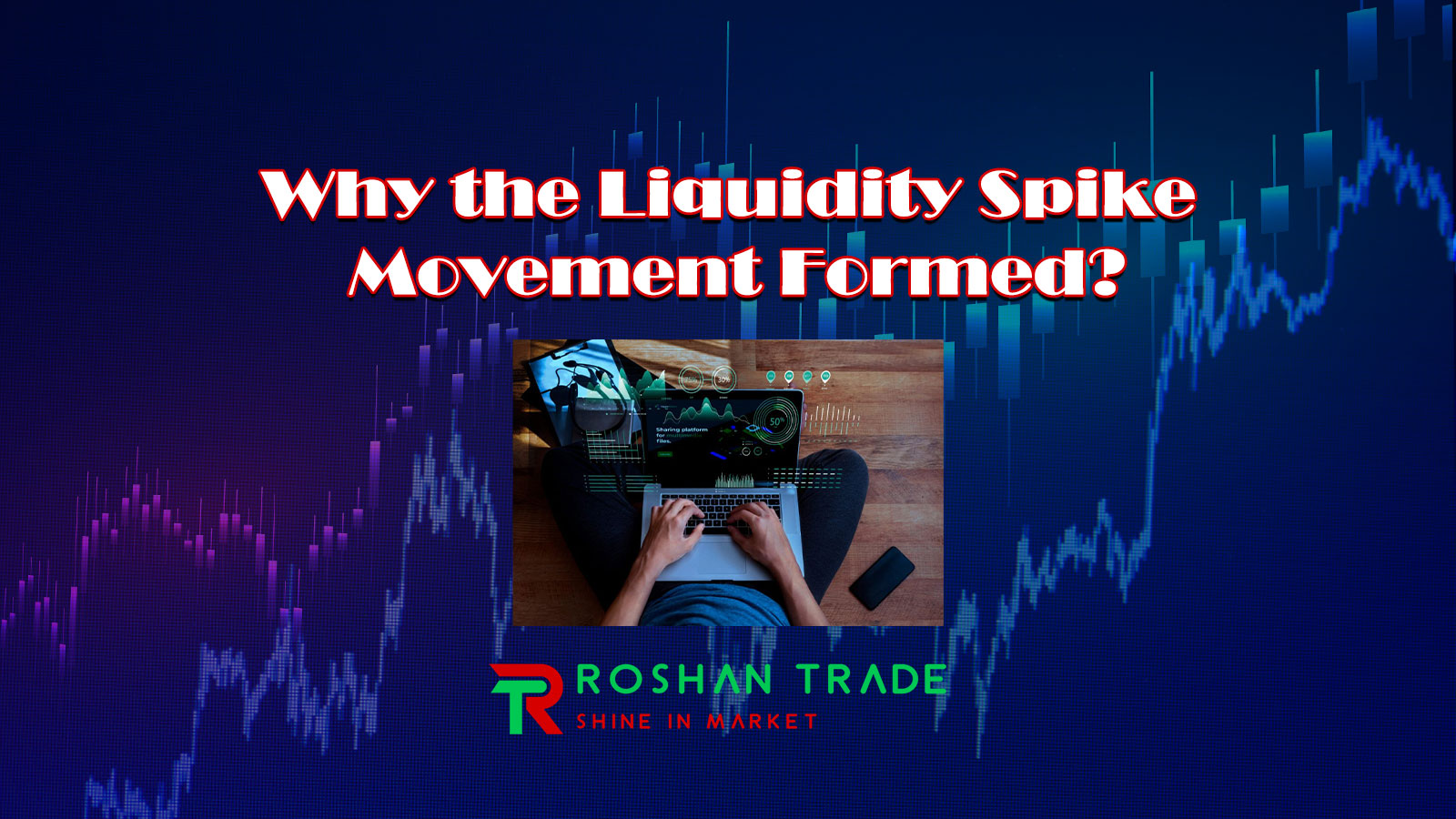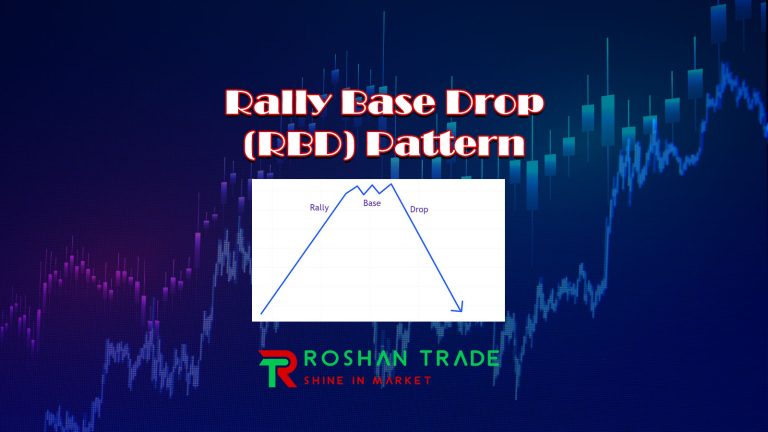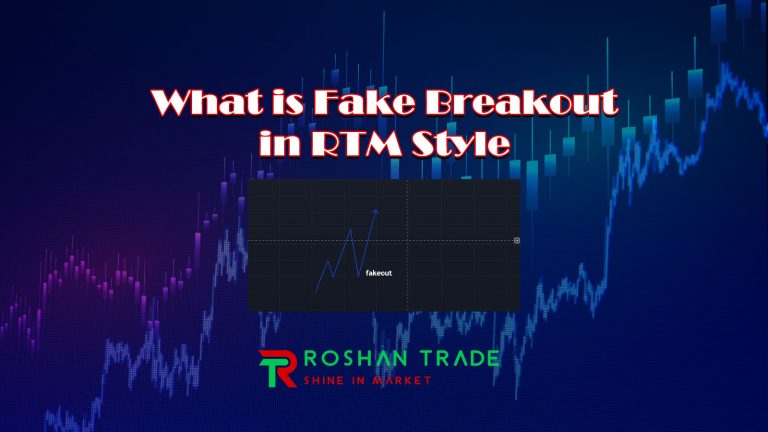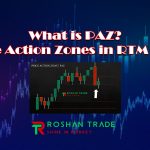Market movements have changed a lot in recent years, with extremely rapid ups and downs due to economic and political news. In fact, financial markets are a vast and, of course, very complex network consisting of supply, demand and investor psychology. One of the most fascinating phenomena in recent years has been the movement of increasing liquidity.
A sudden increase in market liquidity that can dramatically change asset prices, trading volumes and investor behavior, and many things may happen before or after it. The reason for this liquidity surge can be many things that every professional trader should know. You may be wondering now what is the reason for this liquidity surge? Are they driven by central bank policies, technological advances or changes in investor sentiment?
In this article, we examine the key factors behind the increase in liquidity, its impact on global markets and what investors should watch out for in the future.
What is Liquidity in the Market?
Before continuing the discussion, it is better to first understand what liquidity in financial markets actually means? The ease with which assets can be bought or sold without a significant impact on their price is called liquidity. High liquidity means low bid and ask spreads, while low liquidity can lead to volatile price fluctuations, and liquidity spikes occur when there is a sudden increase in the flow of capital available to the financial markets. It may have happened to you that when you opened a trade, there was a significant increase in the price immediately with a news or other events that we will discuss later.
There can be many reasons for the sudden increase in price because, as we mentioned at the beginning, the structure of financial markets is very complex and cannot be easily understood. Central bank interventions are the main reason for this sudden increase in price, and by quantitative easing and rate cuts, it causes the price to move a lot. Another reason that can affect the sudden increase in price is institutional investment movements. This affects the market through hedge funds and pension fund rebalancing.
Don’t forget about technological advancements like algorithmic trading and high-frequency trading, which have a huge impact on liquidity growth. The market structure we mentioned earlier was the changes in sentiment in the market, so don’t underestimate the impact of trader sentiment. FOMO and speculative bubbles can cause prices to rise or fall very quickly.
Now, let’s break down the main drivers behind these spikes.
1. Central Bank Policies: The Liquidity Firehose

The main factor shaping market liquidity is central banks. As you might guess, these institutions have a lot of capital and can control price movements by injecting liquidity into the market. These institutions are also called smart money or market makers. When a country’s economy is in a recession (such as the 2008 financial crisis or the COVID-19 pandemic in 2020), central banks inject large amounts of liquidity into the country’s financial system through the following methods:
- Quantitative easing (QE): Buying government bonds and other securities to pump money into the economy.
- Lowering interest rates: Lowering borrowing costs to encourage spending and investment.
- Emergency lending programs: Providing cheap funding to banks to stabilize markets.
For example, the $4.5 trillion increase in the Federal Reserve’s balance sheet in 2020 led to a historic surge in liquidity, which fueled a stock market rally and speculative asset bubbles.
Why this Matters to Traders?
As we mentioned, central banks inject cash into the market during recessions. At the same time, investors are looking for higher returns and often move into riskier assets such as stocks, cryptocurrencies, and bonds. This increases liquidity in the short term, which can lead to bubbles. If you are not careful about these bubbles, you may also fall into the trap and lose your capital. You should raise your awareness in these areas as much as you can and avoid emotional trading and sudden decisions that others have imposed on you.
2. The Rise of Algorithmic and High-Frequency Trading (HFT)

Technology, like most other fields, has revolutionized trading, causing many changes that are an understatement. Algorithmic and high-frequency trading (HFT) now accounts for nearly 65 percent of U.S. equity trading. These systems react in milliseconds, boosting liquidity during stable markets, but sometimes exacerbating volatility during shocks (such as the 2010 flash crash).
How HFT Increases Liquidity?
- Providing Liquidity: HFT firms act as market makers, reducing spreads and increasing trading volume.
- Sudden Crashes and Reversals: Sudden withdrawals of liquidity can cause extreme volatility.
- Arbitrage Opportunities: Algorithms exploit small price differences, increasing market efficiency, but also creating short-term liquidity shocks.
While HFT improves market depth, it can also lead to brittle liquidity so don’t underestimate this phenomenon – where liquidity appears abundant but disappears during stress.
3.Institutional Money Movements: The Whale Effect

Large institutional investors – pension funds, sovereign wealth funds and hedge funds – as their names suggest, play a major role in creating liquidity in the market, moving billions of dollars every day. The main reason these institutions create liquidity is because they rebalance portfolios or follow trends, which creates waves of liquidity.
Here are some key examples to help you understand this better, and you can read them to get a full understanding of the topic.
- Passive investing boom: ETFs and index funds are now dominant, leading to herd behavior where huge inflows/outflows create liquidity imbalances.
- Risk-On/Risk-Off (RORO) shifts: Liquidity changes abruptly when institutions switch from bonds to stocks (or vice versa).
- Margin and leverage: Cheap borrowing increases liquidity, but can lead to forced liquidations during a downturn (e.g., the collapse of Archegos Capital).
4.Retail Trading Frenzies: The GameStop & Meme Stock Effect
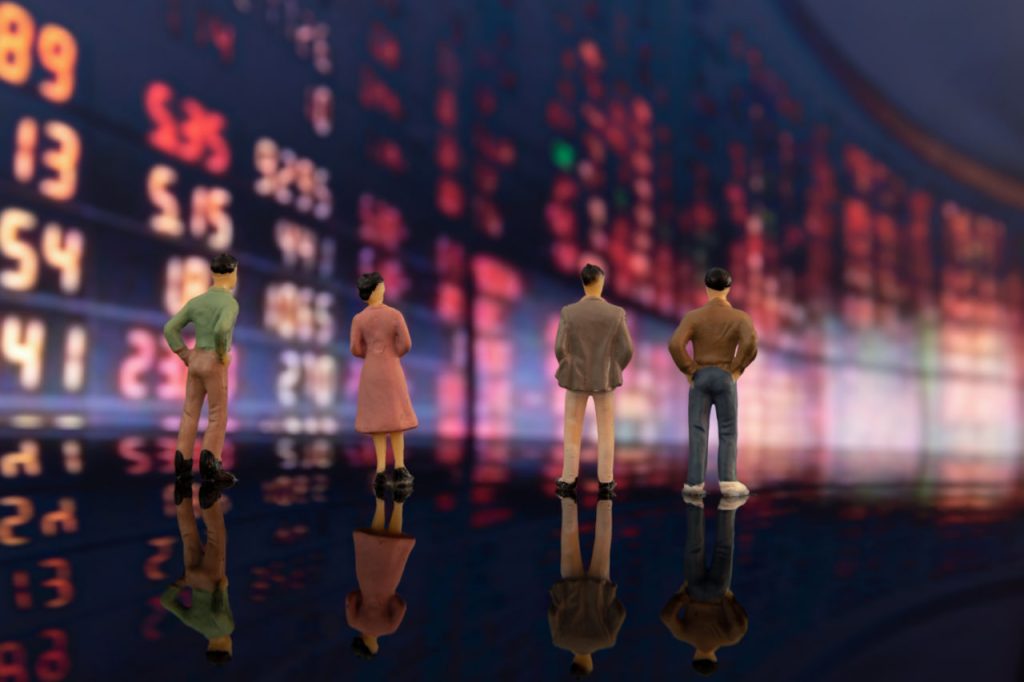
The rise of zero-commission trading (Robinhood, Webull) and social media-driven investing (Reddit’s WallStreetBets) has introduced a new liquidity dynamic. This phenomenon did not exist until a few years ago, and with the advancement of science and technology, as well as the increase in public knowledge about financial markets, now even retail traders can quickly grow liquidity by buying stocks like GameStop.
How Retail Traders Move Markets
- Meme Stock Mania (2021): Retail traders coordinated buying in stocks like GameStop (GME) and AMC, causing short squeezes and extreme liquidity spikes.
- Options Trading Surge: A surge in call options forces market makers to hedge by buying stocks, amplifying liquidity.
- FOMO (Fear of Missing Out): Viral trends can trigger sudden capital inflows into niche assets (crypto, NFTs).
While retail trading adds liquidity, it also increases speculative froth, making markets more prone to sharp reversals.
5.Geopolitical & Macroeconomic Shocks

Other events that can lead to very rapid liquidity growth include unexpected events such as wars, pandemics, and regulatory changes. Given that these events occur suddenly and cause large changes in the market, they can cause movements that cannot be predicted by technical analysis. Here are some examples of recent events that have caused liquidity shocks in our world, which you can read to learn more about the issue.
- COVID-19 crash (March 2020): The liquidity freeze led to a decrease in cash, forcing the Federal Reserve to intervene.
- Russia-Ukraine war (2022): Sanctions disrupted commodity markets and reduced oil and gas liquidity.
- China regulatory crackdowns: Sudden policy changes (e.g., the Evergrande crisis) led to capital flight from Chinese markets.
These events show how quickly liquidity can evaporate or increase based on global risk perceptions.
What Investors Should Watch?
Liquidity spikes are becoming more frequent and extreme due to:
✔ Central bank tightening cycles (quantitative tightening, rate hikes)
✔ Crypto & DeFi growth (decentralized finance altering traditional liquidity mechanisms)
✔ AI-driven trading (machine learning models predicting liquidity patterns)
- Liquidity ≠ Stability: Just because markets are liquid today doesn’t mean they’ll stay that way.
- Watch Central Banks: Fed, ECB, and BOJ policies remain the biggest liquidity drivers.
- Adapt to New Players: Retail traders, algorithms, and crypto are reshaping liquidity dynamics.
Conclusion: Navigating the Liquidity Waves
Liquidity spikes are like a double-edged sword – they fuel bull markets but also inflate bubbles. Understanding their causes helps investors anticipate risks and opportunities.
Whether you’re a day trader, long-term investor, or financial analyst, staying informed about liquidity trends is crucial to making smarter decisions in an ever-changing market landscape.
What’s your take? Have you noticed liquidity shifts affecting your trades? Let’s discuss in the comments!

